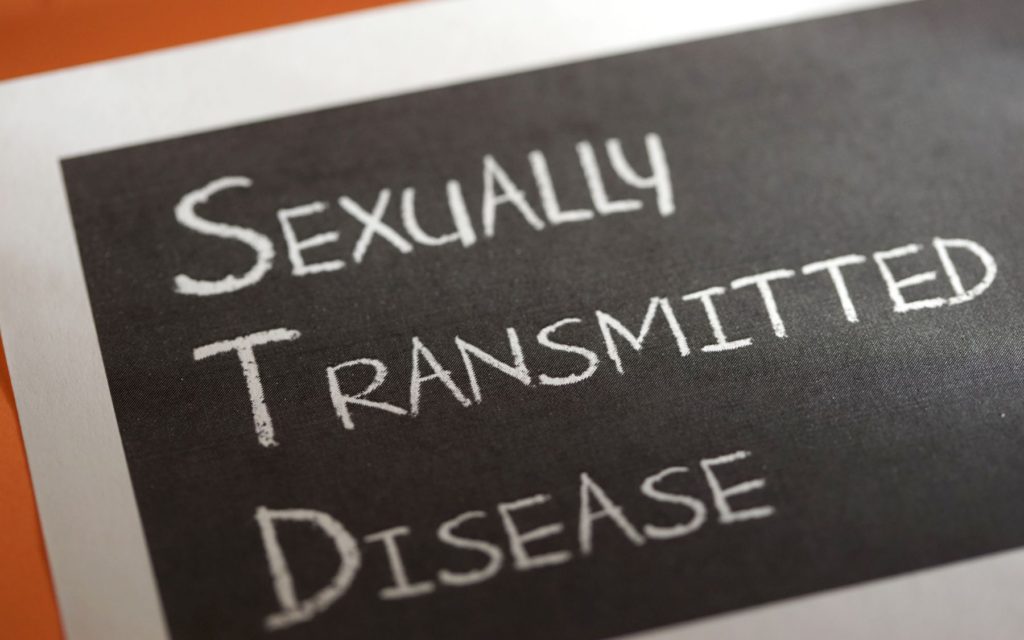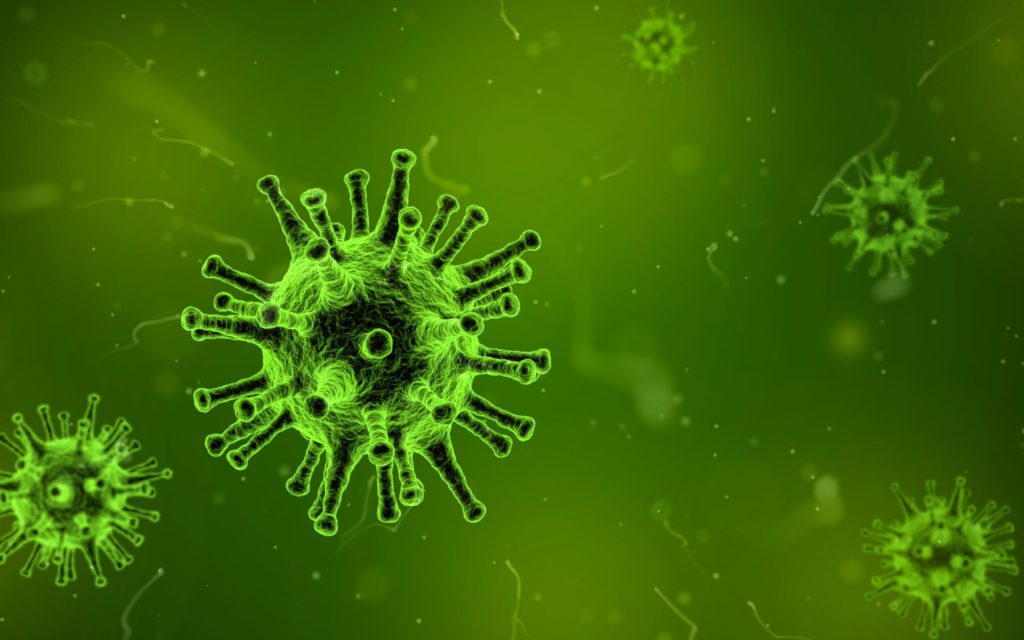Circumcision is the surgical removal of the foreskin that covers the head of a penis. Circumcision can be performed both during infancy and also during adulthood. People choose to have this procedure undertaken for medical, religious or social reasons.
Treatment
A circumcision is an operation that removes the foreskin from the penis, exposing the underlying head, medically known as the glans. Circumcisions are usually carried out because of phimosis (an abnormally tight foreskin), if the foreskin is stuck to the underlying glans, because of recurrent infections or for growths on the foreskin.
Some of these conditions prevent the foreskin being retracted, which can cause hygiene problems, infection and pain. Circumcisions are also carried out for social, religious and cultural reasons. Urology Clinics do not undertaken this procedure in children.
Following removal of the foreskin two skin edges remain; these are joined together with fine dissolving stitches.
A wound dressing or solution is then applied around the penis to aid healing.
The operation is a day stay procedure, which means no overnight stay is required.
About your consent
As with all surgical procedures, we need your permission for your operation to go ahead. Before the consent is signed, it is important that the risks and effects of the operation and anaesthetic are understood. These will be discussed prior to surgery. Should any questions arise after the discussion please feel free to ask the nurse or doctor who would be happy to answer these.
About your anaesthetic
If you are having a general anaesthetic, usually nothing is allowed to be eaten or drunk for at least six hours before surgery. This includes chewing gum and sweets.
There are two main types of anaesthetic used for this surgery;
-
General Anaesthetic: Patients are asleep throughout the operation and remember nothing of it. For young children, gas is given through a small mask, which puts the child off to sleep and avoids the need for the insertion of a needle while the child is awake. However, as soon as the child is asleep, a drip is put in for safety reasons.
-
Local Anaesthetic: A needle is placed into the area at the base of the penis. Medicine is injected which makes the penis go numb, so the procedure can be performed. The numbness will stay for 2-3 hours.
Feel free to discuss these options, and any questions with your doctor.
About your operation
The operation takes about 30-40 minutes to perform. When the operation is completed, patients go to the recovery room. Patients stay in the recovery room only for a short while where they are cared for until ready to be transferred to the ward.
What can you expect after surgery?
The nurse will check your wound routinely. Patients can usually eat and drink when they return to the ward. Pain relief is given on a regular basis to ensure comfort is maintained.
When you can go home
Once patients have passed urine, are up and about, eating and drinking they are able to go home. The nurse gives instructions on whether or not it is necessary to see the surgeon or family doctor for follow-up.
A discharge information letter is given prior to discharge that contains helpful information for returning home.
The doctor may give a prescription for some antibiotics after the operation. It is important to complete the whole course as instructed, even if everything looks okay and it doesn’t look like any more tablets need to be taken.
A letter is sent to the family doctor about the operation and the details of treatment given in hospital.
What to expect when you are at home
It is important for day stay patients to rest for the day as the anaesthetic can still have some effects on the body and there will be pain.
Regular pain relief can be taken as required to maintain comfort. Advice about post-op pain relief will be given by the nurse prior to discharge.
Instructions about wound and dressing care will be given prior to discharge. The stitches placed during the operation dissolve slowly in the 6-8 weeks following surgery. To start with, the penis may look red and swollen but this soon settles. If the foreskin was stuck to the glans prior to surgery there will be a raw skin surface on the glans where the foreskin was removed. This forms a scab that can look unpleasant; however, this usually heals up nicely and leaves no permanent scar.
Once home, if there is any excessive bleeding or signs of infection please see the family doctor as soon as possible.
Very rarely a circumcision can result in narrowing of the urethral opening (where the urine is passed from the bladder). This may require a very minor procedure to open it up again. However, the majority of patients have a short hospital stay, a very speedy recovery and require no further treatment.
Contact our expert team at the penile clinic today.
This article is intended to inform and give insight but not treat, diagnose or replace the advice of a doctor. Always seek medical advice with any questions regarding a medical condition.






0 Comments